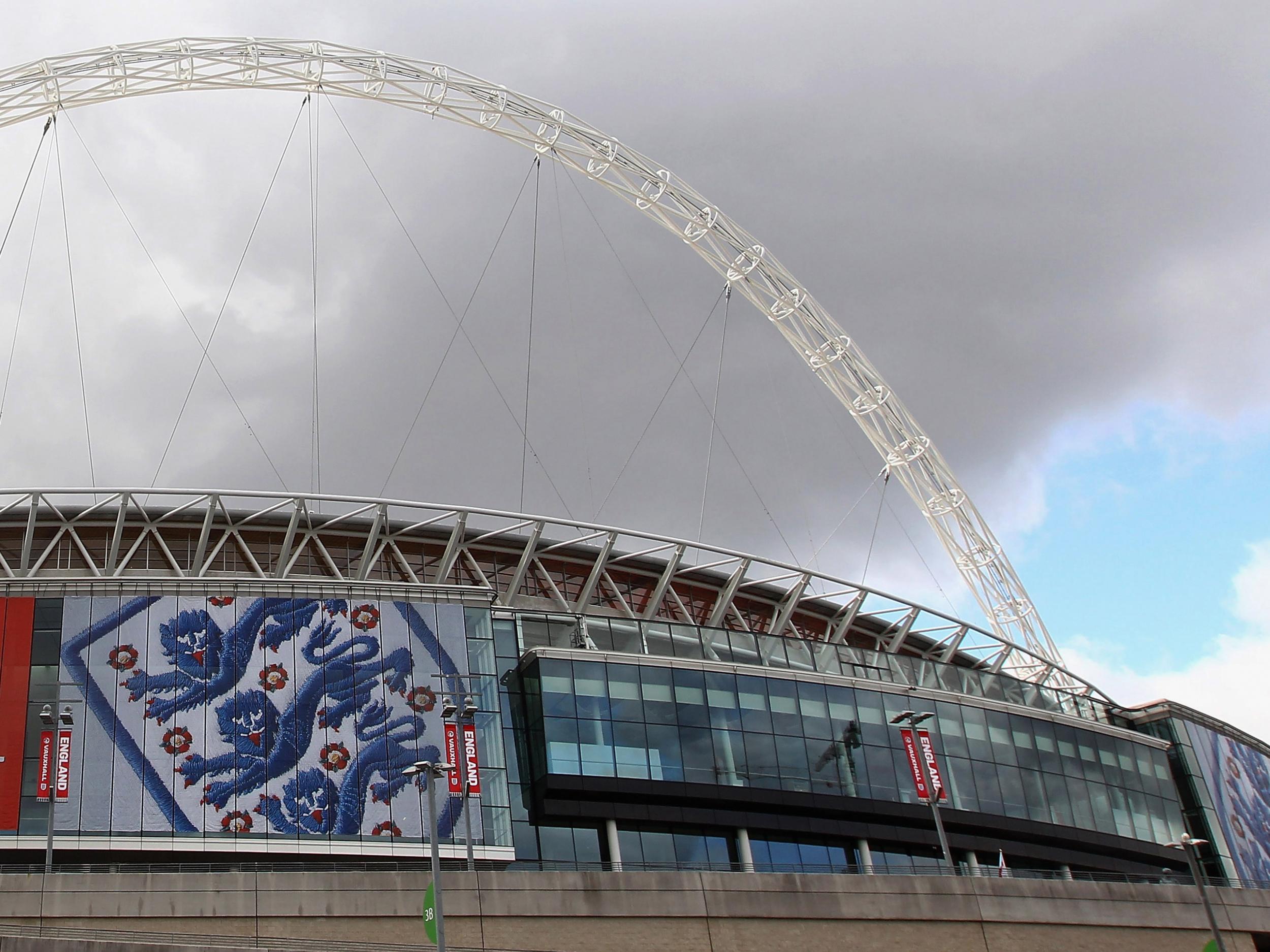The shame of those buttoned up, secretive football clubs who treated child protection workers with contempt
A report from 10 years ago shows clubs thwarted FA's attempts to protect children

It doesn’t take much imagination to know how it must have been to work as one of the new breed of child protection officers operating in football, ten years or so ago.
“A lot of them have jumped in and tried to implement this as best they can,” one football administrator told the Brunel University research team who were sent in to the sport to discover how safe children actually were. “But I feel that in certain instances they take their jobsworth title a bit too far. They are there to police it and notify the problems, not to act as judge, jury and executioner.” Ouch.
We are talking about testimony gathered a decade or so back, but that can still be football for you: an inward looking place with a superiority complex, populated even now by many individuals who are either unreconstructed or in such a gilded cage that they cannot see that they can learn from those on the outside. It’s the sport that always knows best.
The reports of the Brunel team describe a Football Association which – despite the hammering it has taken amid the escalating narratives of 1970s and 1980s sexual abuse in the sport – did a tremendous amount of work to make things safer at the turn of the new century. The FA broke new ground by launching a child protection strategy in May 2000. Chief executive Adam Crozier was then committed to gathering evidence to put at the heart of it and establish what impact child protection officers were actually having on the game. No other national football association was doing that and, indeed, no nation could match the UK for its work on ensuring the protection of children in sport. By 2000, the NSPCC’s Child Protection in Sport Unit was the only dedicated national office and resource centre of its kind in the world.
It meant that by the early years of this century the kind of systemic sexual assaults which have emerged in the recent testimonies of players such as Andy Woodward and Paul Stewart were being eradicated. They had not vanished: data shows that 10.6 per cent of 132 child protection case referrals at the time involved allegations of sexual abuse. But the horrors of the earlier decades were no more. The moral panic which followed the convictions in the early 1990s of coaches such as British Olympic swimming’s Paul Hickson and Canadian ice hockey’s Graham Jones was unnecessary.
Though the Football Association was at fault for pulling the funding on the five-year research project after a mere two years, it is the clubs themselves who have questions to answer. They put up walls when researchers committed to an understanding of how better to protect children from all forms of abuse came calling. The Brunel team were careful to take photo ID badges, letters of authority and – in the spirit of the work they were undertaking – to have their CRB background checks in place. But still they found football clubs “fiercely protective of their autonomy” and reluctant to let them in. You can picture the scene: a group of academics waiting at the gate while a security guard waits to hear from a football man whether he should let them in.
It was the same secrecy which led to the kinds of horrors which those who have been sexually abused years earlier and what we now need more than more of these desperate testimonies is an examination of the institutional efforts and failures and the cultural factors in football and other sports which allowed them to happen.
Compelling and important though it was to hear Woodward earlier this week describe a need to “protect” today’s young footballers from what he endured, the chances of them falling prey to the same kind of sexual predator is miniscule. A greater threat to the young resides in other forms of abuse – physical, psychological, bullying – and that’s why the institutional analysis remains relevant.
Celia Brackenridge, emeritus professor at Brunel University, believes that the concern about drugs in sport is disproportionate to the risk of physical and psychological harm befalling athletes. She cites 2013 and 2014 World Anti-Doping Agency reports which found that of 2,540 and 3,866 samples examined respectively, only 1.2 per cent and 1.36 per cent were reported “adverse or atypical”. Compare that to a 2015 Belgian study of elite athletes' experiences of non-accidental violence and abuse in sport, in which 23 per cent had experienced physical violence, 26 per cent sexual violence and 42 per cent psychological violence.
Football clubs will say they have no problem, no doubt, and this most secretive of sports will declare from behind closed doors that it needs to take a lecture from no one. The lesson from recent history is that it takes stories of unremitting horror to force a reckoning, by which time it’s far too late.
Subscribe to Independent Premium to bookmark this article
Want to bookmark your favourite articles and stories to read or reference later? Start your Independent Premium subscription today.
